Tags: Nanoparticles
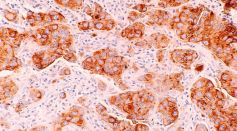
Novel Cancer Treatment Uses Gold Nanoparticles That Directly Targets Tumors With Remarkable Precision, Reducing Side Effects
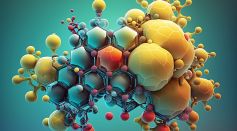
Novel Nanoparticles Can Deliver mRNA in the Lungs to Aid in Gene-editing With a Potential of Developing Treatment for Cystic Fibrosis, Other Lung Diseases
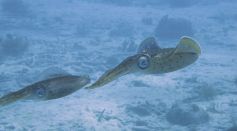
Camouflage Ability of Squid Replicated in Mammalian Cells, Paving the Way for Better Imaging Techniques at the Cellular Level
Nanotechnology as Lymphedema Treatment: New Approach Uses Nanoparticles to Repair Lymphatic Vessel Pumping

Quantum Physics: Scientists Cool Nanoparticles to Ground-State in 2D Motion

Nanoparticles Previously Used To Deliver COVID-19 Vaccines Could Help Improve Treatment of Hereditary Blindness
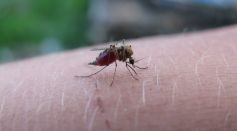
Unique Approach in the Battle Against Malaria Uses Nanoparticles That Attack the Parasite
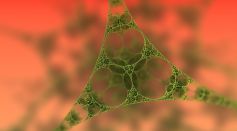
Scientists Create New Design of Microstructured Glass Fibers That Can Measure Nanoparticle Sizes

Engineers Devise Way to Separate Nanoparticles in the Blood Within Minutes

Ocean May Absorb Excess Carbon Dioxide Through Nanoparticles [Study]

New Nanoparticles Designed for Cancer Chemotherapy and Immunotherapy
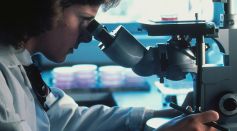
Therapeutic Nucleic Acids: How Nanoparticles Can Be Engineered To Revolutionize Treatments

Nanoparticles Advance Nanomedicine to Cure Incurable Conditions, Develop Personalized Biomedical Technologies
Nanomedicine Enhanced: Scientists Use Nanoparticles to Potentially Cure Currently Untreatable Conditions Like Dementia
Colloidal Crystals Engineered in New Study, Describing Shape Memory Occurring After Changes in the Materials’ Structures

Multi-Organ Chip Developed To Detect Interaction Between Nanoparticles and Lung Cells; This New Nanotechnology May Affect the Liver [Study]
Nanoparticles for Selective Cancer: Scientists Explore To Enhance Nanomaterials for Potential Treatment, Prevention of the Serious Illness
Laser Melting Process That Produces New Nanoparticles Explained
Food Poisoning Bacteria Detector Developed Using Scattered Colors in Nanoparticles That Can Quickly Identify Toxins
E-Nose Developed to Detect Nanoplastics in the Air
Most Popular

Ancient Hotspot Found to Have Created Great Lakes 300 Million Years Ago

Mysterious Structures Discovered Beneath the Pacific Ocean, Puzzle Scientists

Health Benefits of Drinking Hot Chocolate

Largest Known Volcanic Aquifer Discovered Beneath Oregon's Cascades





